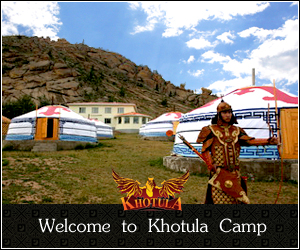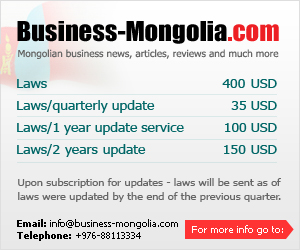History of Mongols
 Mongolia’s history spans 5,000 years. From nomads herding the Central Asian steppe to the formation of the powerful Mongol Empire and the gradual emergence of the Mongolian Republic, its history is steeped in conflict. The Mongolian steppe is one of most ancient places on the earth. The Mongols created the largest empire the world has ever seen.
Mongolia’s history spans 5,000 years. From nomads herding the Central Asian steppe to the formation of the powerful Mongol Empire and the gradual emergence of the Mongolian Republic, its history is steeped in conflict. The Mongolian steppe is one of most ancient places on the earth. The Mongols created the largest empire the world has ever seen.Unlike earlier nomadic empires that dominated only the steppe lands, the Mongols conquered most of Eurasia, destroying powerful and well armed sedentary states in the process.
Still known as the Golden Era of Mongolian history, during this time the Mongol Empire was the most powerful nation on the earth. Genghis Khaan was a great military general, statesman and Mongolian National hero. In historical path of Mongolia there were many heroes and leaders, great khaans inspired in the world. For example, Modun, Tumen and Attila shanues of Hunn Empire, Genghis Khaan and his successors, Khublai Khaan, Dalai Lama, Bogd Zanabazar, and etc. The Mongol Empire began to fall apart in 1368. This was bound up with the collapse of the Mongolian Yuan Dynasty, which had been established in China after Khublai Khaan named Beijing the new Capital of the Mongol Empire.
 The Manchurians conquered Mongolia in 1691 and the Manchurian colonization lasted for 220 years. By the beginning of the 20th century Mongolians were embroiled in a straggle for national liberation, which finally came to fruition in December 1911, when the Manchurians withdrew and Mongolia’s independence was proclaimed in Urguu (as Ulaanbaatar was previously known). Mongolia’s theocratic ruler Bogd Khan was awarded power across the entire country. As Mongolia maintained strong links with the former Soviet Union, the socialist era continued until 1990, when democratic changes first started in Mongolia. Now, Mongolia is a democratic parliamentary republic operating with a President. Both Parliament and President have to be directly elected by the general public. Throughout this political changes, Mongolia has slowly been paving its way towards a free market economy and away from the old economic system.
The Manchurians conquered Mongolia in 1691 and the Manchurian colonization lasted for 220 years. By the beginning of the 20th century Mongolians were embroiled in a straggle for national liberation, which finally came to fruition in December 1911, when the Manchurians withdrew and Mongolia’s independence was proclaimed in Urguu (as Ulaanbaatar was previously known). Mongolia’s theocratic ruler Bogd Khan was awarded power across the entire country. As Mongolia maintained strong links with the former Soviet Union, the socialist era continued until 1990, when democratic changes first started in Mongolia. Now, Mongolia is a democratic parliamentary republic operating with a President. Both Parliament and President have to be directly elected by the general public. Throughout this political changes, Mongolia has slowly been paving its way towards a free market economy and away from the old economic system.













“Darbar-Ul-Naqshbandiya Foundation” is a non-profit organization devoted to publicize the concept of Islamic spirituality (Tasawwuf), Sect-Silsilah (the Way of Tariqat-Panth, “Naqshbandiya, Chishtiya, Qadariya, Suharwardiya, Ovesiya, Mujaddadiya, and Mujarradiya)”. To realize and spread the knowledge of Unity, in accordance with the teachings of the Sufi orders, understand the Power of Mysticism, without any bias of religion for establishing communal Peace and Harmony.